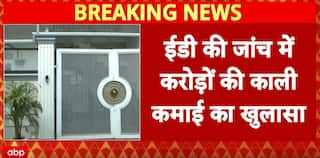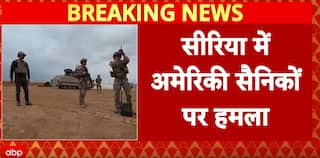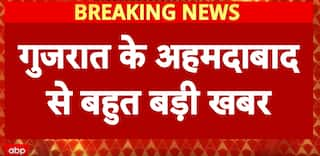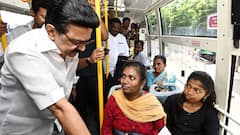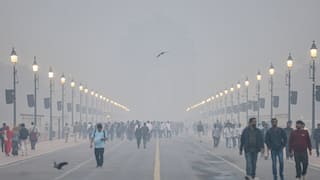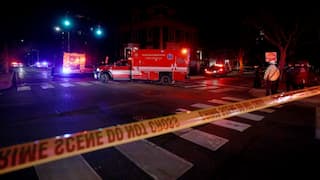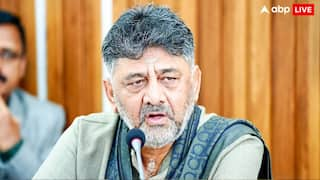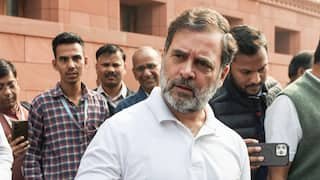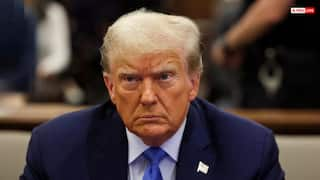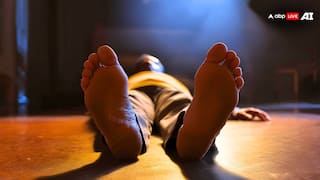Republic Day 2022: The History Of Tamil Freedom Fighters Who Got Featured In The Rejected Tableau
There were reports suggesting that the tableau was rejected on the grounds that some of the leaders were unknown to the national audience which hurt the sentiments of Tamil Nadu.

Chennai: Tamil Nadu government’s tableau would not be allowed to participate in the Republic Day parade in New Delhi as the one proposed by the government was rejected by the expert committee despite arguing the case and making corrections for three times.
After the announcement on Monday, Tamil Nadu Chief Minister Stalin immediately wrote to Prime Minister Narendra Modi expressing his disappointment and stated the rejection as "unacceptable".
The rejection, especially of the tableau under the name “Tamil Nadu in Freedom Struggle”, also set off a political storm in Tamil Nadu. This time, the storm was not within the parties but with the Centre. Even former Tamil Nadu CM and AIADMK coordinator O Panneerselvam extended his support to the state government and demanded the Centre to permit the state's tableau to participate in the event.
After confirmation from Union Minister Rajnath Singh on the rejection, Tamil Nadu CM issued a press release stating that the tableau rejected by the Centre would be showcased in the Republic Day Parade in Chennai and the model would be displayed in various districts of the state.
There were reports suggesting that the tableau was rejected on the grounds that some of the leaders featuring in it were unknown to the national audience which hurt the sentiments of Tamil Nadu.
Amid the buzz, most people raised the question of who were those freedom fighters from Tamil Nadu. In simple words, most of them were part of the first war of independence in South India.
Velu Natchiyar
Rani Velu Nachiyar (1730-1796) was well-known for her title Veeramangai (a brave woman) since she was the first Indian queen who had a face off with the East India Company in India. Velu Nachiyar, who got married to Muthu Vaduganatha Periyavudaya Thevar, was first drawn into the war when the Nawab of Arcot and British joined together and killed Muthu over his refusal of not paying taxes.
At the time of murder, Nachiyar escaped with her daughter with the help of Marudhu brothers. However, Nachiyar did not take her to defeat easily. During her exile, she established an alliance with Hyder Ali and formed an army. Later, she learned about the place where EIC stored war-related weapons and conducted a suicide attack.
She blew up the whole place and regained her kingdom. After her victory, she ruled her kingdom for 10 years and then passed it on to her daughter Vellacci.
Maruthu Pandiyar brothers
Over a century before the Jallianwala Bagh massacre, there was a mass execution by the British to bring an end to the rebellion of South India in 1801. The British publicly executed two brothers, known as Maruthu Pandiyar Brothers, ruling the Sivaganga Kingdom back then. They also hanged other rebels, their commanders, servants, relatives, sons and grandsons in Tirupputhur fort of Tamil Nadu. The executions put an end to the rebellion by the South Indian Kingdoms.
However, Periya Maruthu and Chinna Maruthu were known for their bravery and for supporting Velu Nachiyar during her exile. They were good at aerodynamics and they were one of the first few people to found guerilla warfare tactics in India.
Veerapandiya Kattabomman
Veerapandiya Kattabomman was a chieftain in Tamil Nadu during the 18th century. He was known for single-handedly waging a war against the British East India Company much earlier than the Indian War of Independence. In that war, Kattabomman recorded his victory against the British. He also continued his refusal to pay taxes to the British.
However, in 1799s, Kattabomman was captured by the British with the help of Pudukottai ruler and was hanged at Kayathar in 1799.
VOC
VO Chidambaram Pillar or Kappalottiya Thamizhan (1872-1936) was the founder of Swadeshi Steam Navigation Company, which was formed to fight against the monopoly of British India Steam Navigation Company in 1906. In order to oppose the British supremacy and inspired by the Swadeshi movement, VOC, who was a Congressman, got the support of local merchants and launched the first indigenous shipping enterprise. As a result, he got the name "Kappalottiya Tamizhan".
Later, he participated in the Tuticorin Coral Mills strike against their unfair treatment in 1908. During the event, he gave fiery speeches following which he was arrested under sedition charges. He was later released in 1912.
However, by the time of his release, his company was liquidated and the assets were sold to the rival company. He spent his last days for the labour movement and died at Tuticorin Congress party office on 18th November, 1936 at the age of 64.
Bharathiyar
Bharathiyar (1882-1921) is a well-known poet, journalist, social reformer and Indian freedom fighter. He is an important literary figure in Tamil Nadu who wrote fiery patriotic songs opposing the British during the Indian Independence movement. He was also arrested by the British in November 1918.
Bharathiyar fought for women's rights, against child marriage and worked to reform Brahminism and religion. He has penned essays in several prominent newspapers and the print media organisations run by him, especially against British rule.
However, he passed away since his health deteriorated following an elephant attack in 1921.












